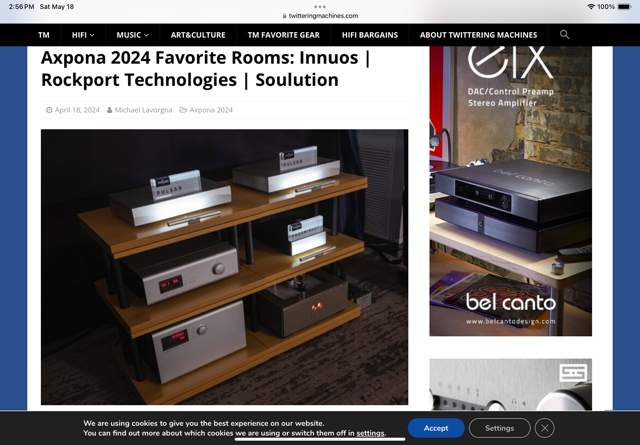Most certainly true...!!!What a hobby, it just never ends.
At Munich we'll see the new Zen and Zenith NG:
ZEN NG - Innuos - Upgrade your streaming
ZEN NG is the first model within the ZEN Series of music servers & streamers to include both new and trickled-down NG technology developments.
 innuos.com
innuos.com
ZENith NG - Innuos - feel the presence of your music
With the ZENith NG it's no longer about the frequencies, pace or even the size of the soundstage; details in music now emerge as if by revelation.
 innuos.com
innuos.com











